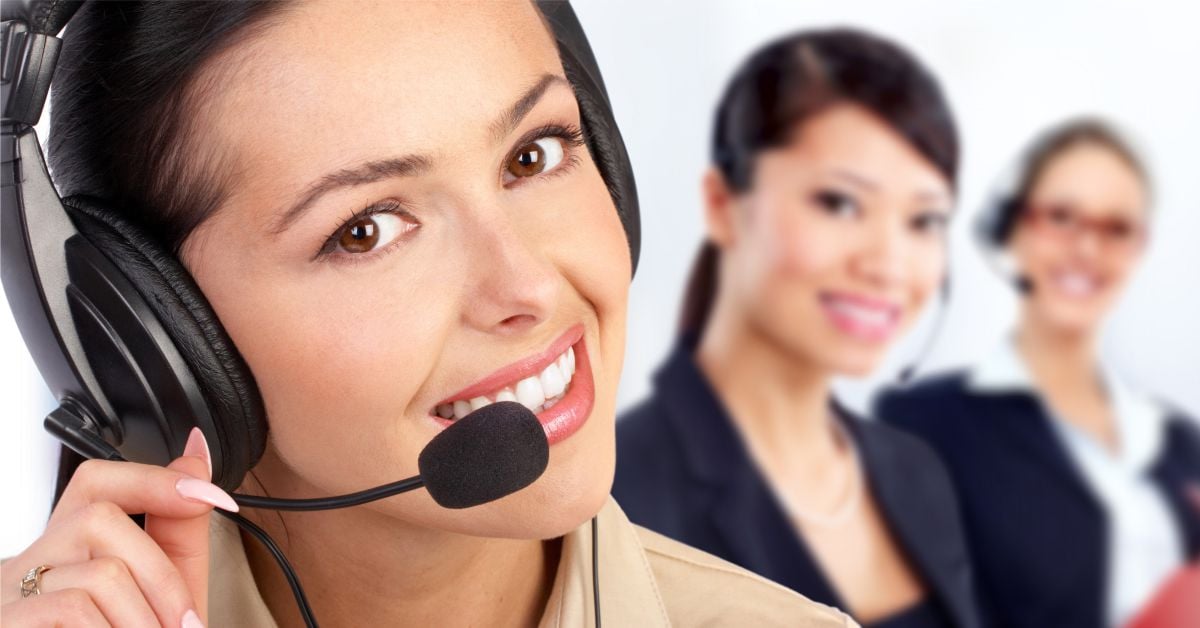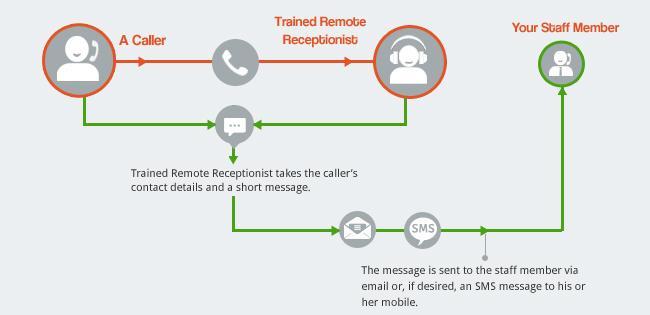All Categories
Featured
Table of Contents
- – What Is The Best What Is An Answering Service? ...
- – What Does Telephone Answering Service: What It...
- – What Is The Best Answering Machine Deal Right Now
- – Which Is Best Business Answering Services - V...
- – What Is The Best Answering Services 101: Ever...
- – Who Is The Best What Is An Answering Service...
What Is The Best What Is An Answering Service? Deal
This device and its followers were designed by Sava Jacobson, an electrical engineer with a personal consulting service. While early answering machines utilized magnetic tape innovation, the majority of contemporary equipment uses strong state memory storage; some gadgets utilize a mix of both, with a solid-state circuit for the outgoing message and a cassette for the incoming messages.
"toll saving" listed below) (phone answering service). This works if the owner is evaluating calls and does not wish to talk with all callers. In any case after going, the calling party must be informed about the call having been responded to (in many cases this starts the charging), either by some remark of the operator, or by some greeting message of the little, or dealt with to non-human callers (e.
This holds especially for the TADs with digitally kept welcoming messages or for earlier makers (before the rise of microcassettes) with an unique endless loop tape, separate from a 2nd cassette, committed to recording. There have actually been answer-only gadgets without any recording capabilities, where the welcoming message needed to notify callers of a state of present unattainability, or e (phone call answering).
What Does Telephone Answering Service: What It Is And Why It Isn't Enough Cost?

about accessibility hours. In recording TADs the greeting usually consists of an invite to leave a message "after the beep". An answering maker that utilizes a microcassette to tape-record messages On a dual-cassette answerphone, there is an outgoing cassette, which after the specified number of rings plays a pre-recorded message to the caller.

Single-cassette voice mail include the outbound message at the beginning of the tape and inbound messages on the remaining area. They initially play the announcement, then fast-forward to the next available space for recording, then tape the caller's message. If there are lots of previous messages, fast-forwarding through them can trigger a substantial delay.
This beep is often described in the welcoming message, asking for that the caller leave a message "after the beep". TADs with digital storage for the recorded messages do disappoint this hold-up, of course. A TAD may provide a push-button control facility, whereby the answerphone owner can call the house number and, by getting in a code on the remote telephone's keypad, can listen to recorded messages, or delete them, even when far from home.
What Is The Best Answering Machine Deal Right Now

Thus the device increases the number of rings after which it responds to the call (generally by 2, leading to four rings), if no unread messages are presently saved, but responses after the set number of rings (generally 2) if there are unread messages. This allows the owner to discover out whether there are messages waiting; if there are none, the owner can hang up the phone on the, e.
Some machines also permit themselves to be remotely activated, if they have been turned off, by calling and letting the phone ring a particular a great deal of times (normally 10-15). Some company desert calls already after a smaller sized number of rings, making remote activation difficult. In the early days of Little bits a special transmitter for DTMF tones (dual-tone multi-frequency signalling) was regionally needed for push-button control, because the previously utilized pulse dialling is not apt to convey appropriate signalling along an active connection, and the dual-tone multi-frequency signalling was carried out stepwise.
Any inbound call is not recognizable with respect to these homes in advance of going "off hook" by the terminal equipment. So after going off hook the calls need to be changed to proper gadgets and only the voice-type is immediately accessible to a human, however possibly, however should be routed to a LITTLE (e.
Which Is Best Business Answering Services - Virtual Receptionists Brand
What if I told you that you do not need to actually get your device when responding to a consumer call? Someone else will. So convenient, ideal? Addressing telephone call doesn't need someone to be on the other end of the line. Efficient automated phone systems can do the technique simply as effectively as a live representative and in some cases even much better.
An automatic answering service or interactive voice response system is a phone system that communicates with callers without a live individual on the line - reception services. When companies use this innovation, customers can get the answer to a question about your service just by using interactions set up on a pre-programmed call circulation.
Although live operators upgrade the client service experience, numerous calls do not need human interaction. A simple taped message or instructions on how a consumer can recover a piece of information usually resolves a caller's immediate need - answering service. Automated answering services are a simple and reliable way to direct inbound calls to the right individual.
What Is The Best Answering Services 101: Everything You Need To Know ... To Buy
Notification that when you call a business, either for assistance or product inquiry, the first thing you will hear is a pre-recorded voice greeting and a series of alternatives like press 1 for customer care, press 2 for queries, and so on. The pre-recorded options branch off to other choices depending upon the consumer's selection.
The phone tree system helps direct callers to the right person or department utilizing the keypad on a cellphone. In some instances, callers can use their voices. It's worth noting that auto-attendant options aren't limited to the ten numbers on a phone's keypad. When the caller has picked their first option, you can design a multi-level auto-attendant that utilizes sub-menus to direct the caller to the best kind of assistance.
The caller does not have to communicate with a person if the auto-attendant phone system can manage their concern. The automatic service can route callers to an employee if they reach a "dead end" and need support from a live agent. It is expensive to work with an operator or executive assistant.
Who Is The Best What Is An Answering Service? - Ruby Blog
Automated answering services, on the other hand, are considerably less costly and provide significant cost savings at approximately $200-$420/month. Even if you don't have devoted staff to manage call routing and management, an automatic answering service enhances performance by enabling your team to focus on their strengths so they can more efficiently spend their time on the phone.
A sales lead routed to customer support is a lost shot. If a client who has item questions reaches the incorrect department or receives incomplete responses from well-meaning workers who are less trained to deal with a particular kind of question, it can be a reason for aggravation and frustration. An automatic answering system can lessen the number of misrouted calls, thereby assisting your employees make much better usage of their phone time while maximizing time in their calendar for other tasks.
With Automated Answering Systems, you can develop an individualized experience for both your personnel and your callers. Make a recording of your main greeting, and just upgrade it routinely to show what is going on in your organization. You can produce as many departments or menu alternatives as you desire.
Table of Contents
- – What Is The Best What Is An Answering Service? ...
- – What Does Telephone Answering Service: What It...
- – What Is The Best Answering Machine Deal Right Now
- – Which Is Best Business Answering Services - V...
- – What Is The Best Answering Services 101: Ever...
- – Who Is The Best What Is An Answering Service...
Latest Posts
Live Receptionist Service – South East Queensland
Virtual Receptionist Near Me
High-Quality Receptionist Service
More
Latest Posts
Live Receptionist Service – South East Queensland
Virtual Receptionist Near Me
High-Quality Receptionist Service